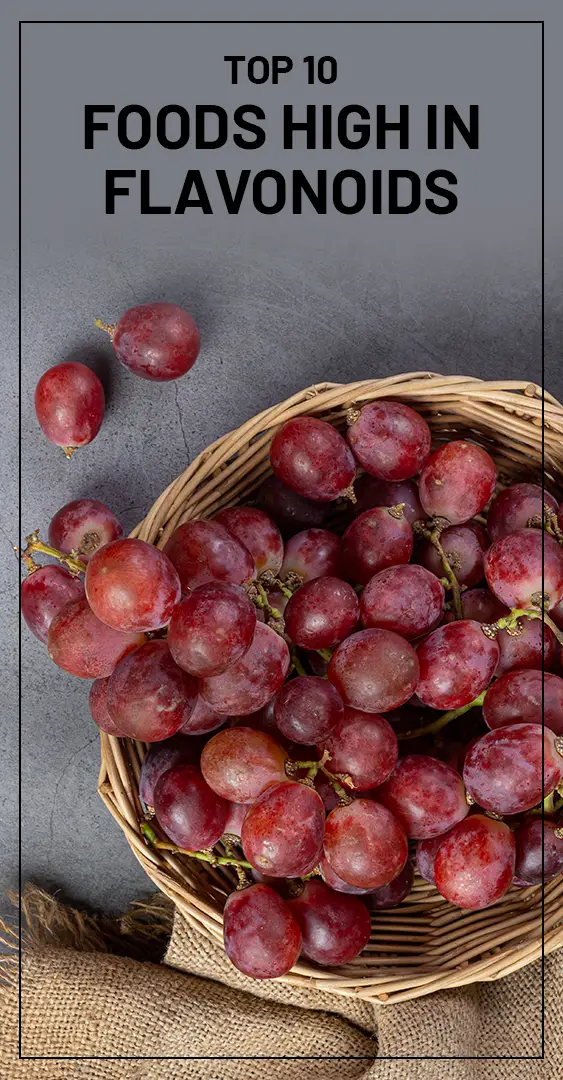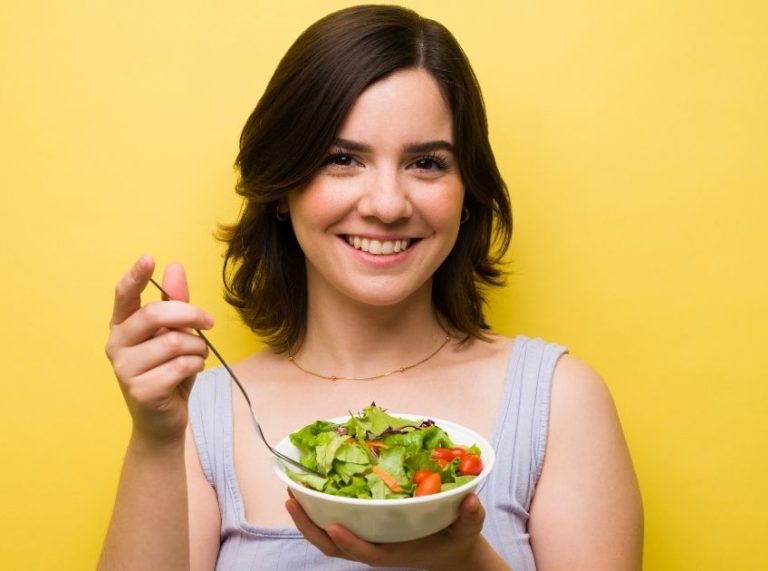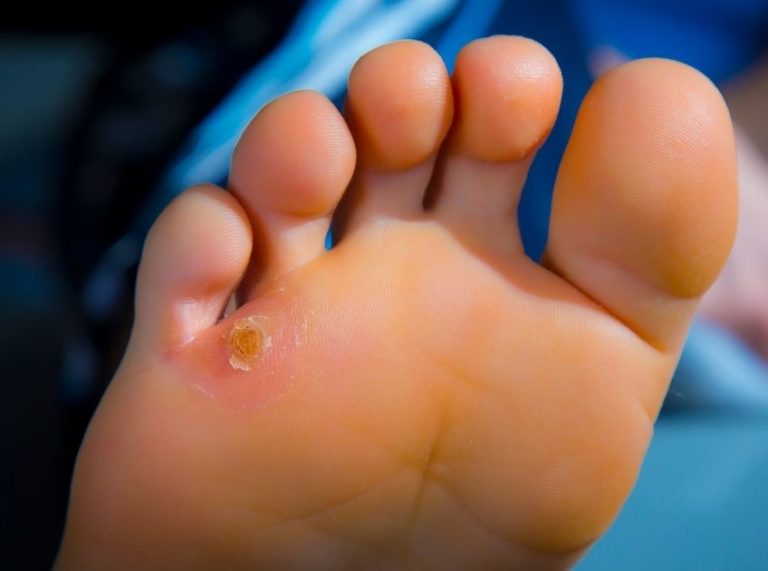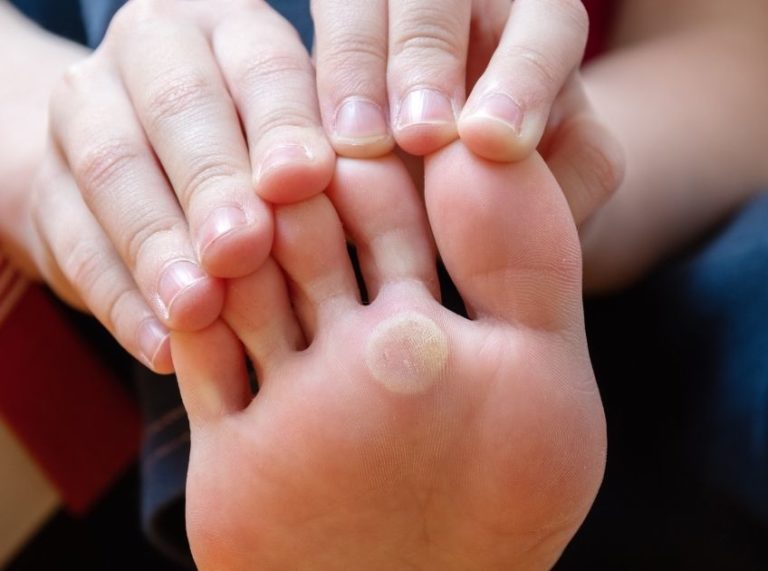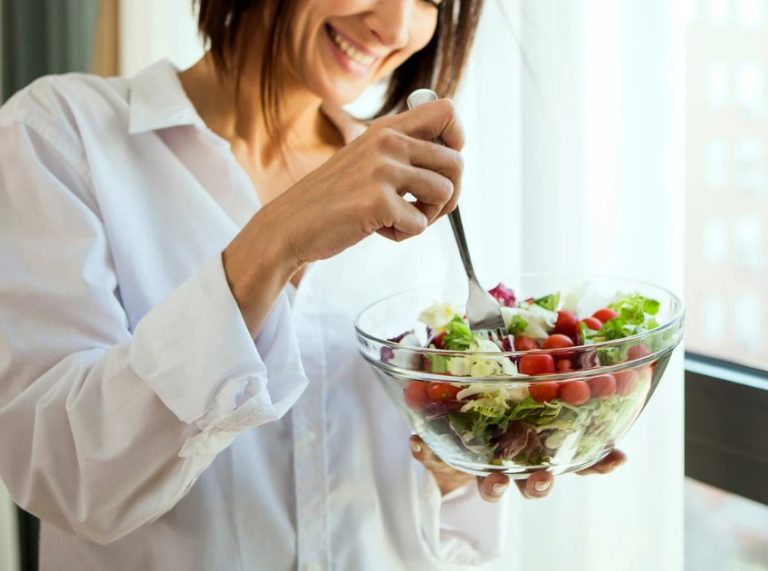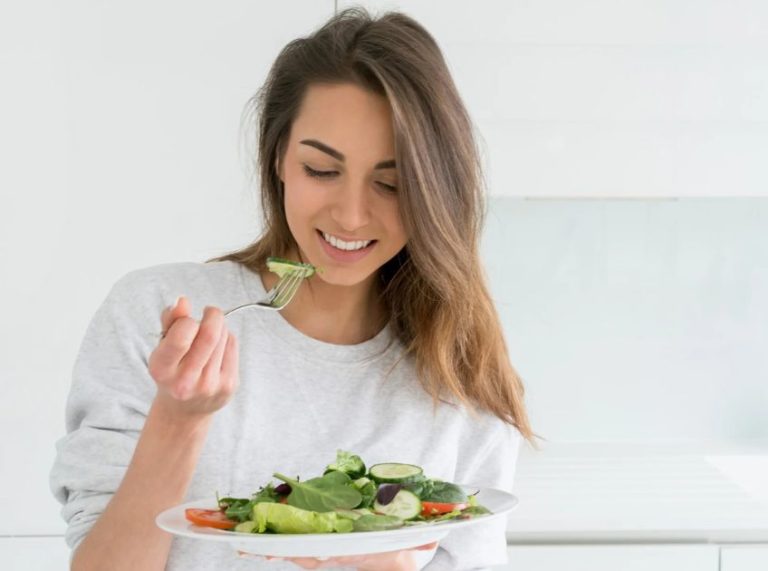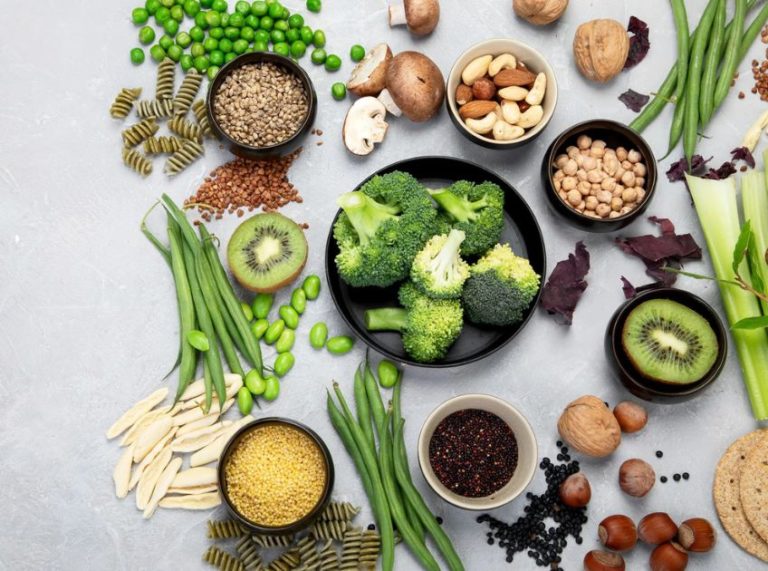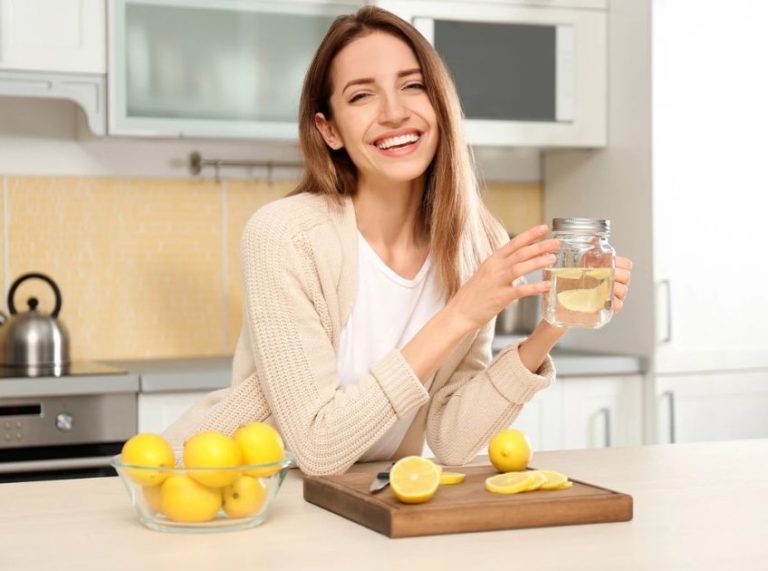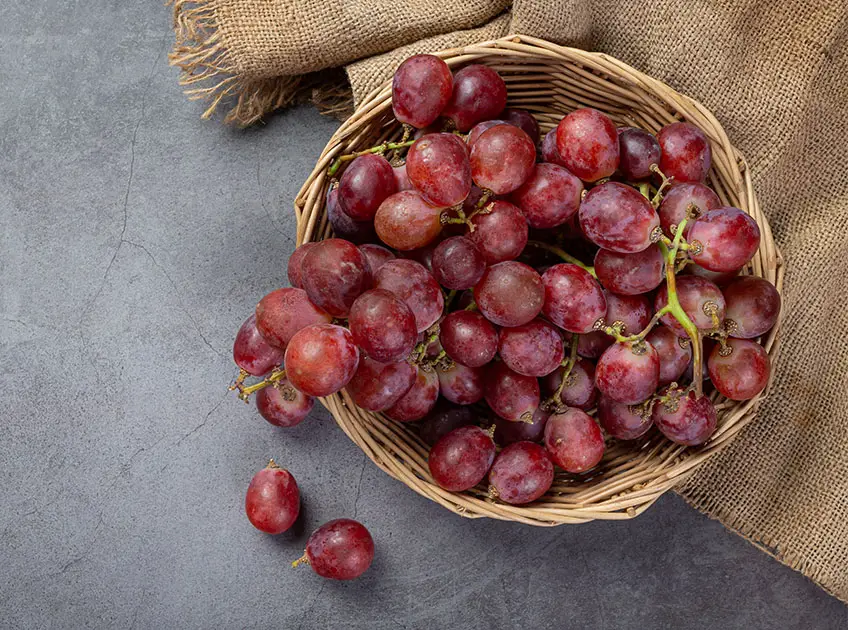
Important: This article is for informational purposes only. Please read our full disclaimer for more details.
Flavonoids are a type of phytonutrient that are found in many fruits and vegetables. They have been shown to have various health benefits, including reducing the risk of chronic diseases such as heart disease and cancer. Some of the best sources of flavonoids include green tea, dark chocolate, red grapes, blueberries, and citrus fruits. Here are 10 Foods that are Rich in Flavonoids:(1)
Article Contains
1. Green Tea

Green tea is loaded with antioxidants, including flavonoids. One cup of green tea contains about 200 mg of catechins, which are a type of flavonoid. Catechins have been shown to boost metabolism and promote weight loss.(2)
[ Recommended: Top 10 Foods High in Vitamin K ]
2. Dark Chocolate
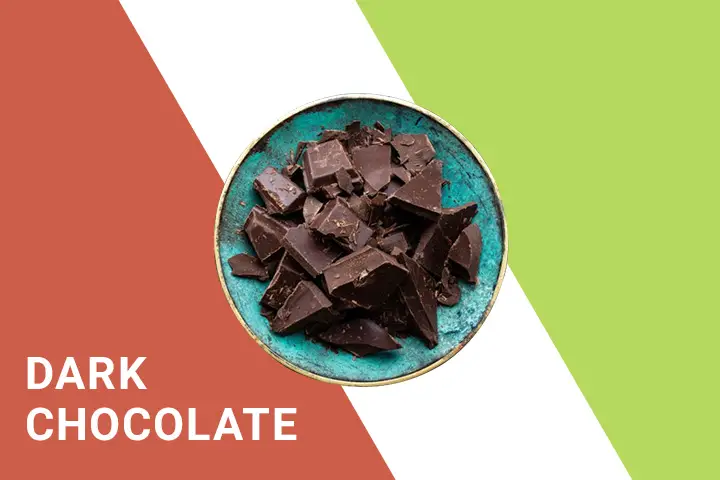
Dark chocolate is another good source of flavonoids. One ounce of dark chocolate contains about 11 mg of flavonoids. Dark chocolate has also been shown to improve blood flow and lower blood pressure.(3)
[ Recommended: Top 10 Foods High in Glutamine ]
3. Red Grapes

Red grapes are a great source of several different types of flavonoids, including resveratrol. Resveratrol has been linked to several health benefits, including reduced risk of heart disease and cancer. One cup of red grapes contains about 8 mg of flavonoids.(4)
[ Recommended: Top 10 Foods High in Soluble Fiber ]
4. Blueberries
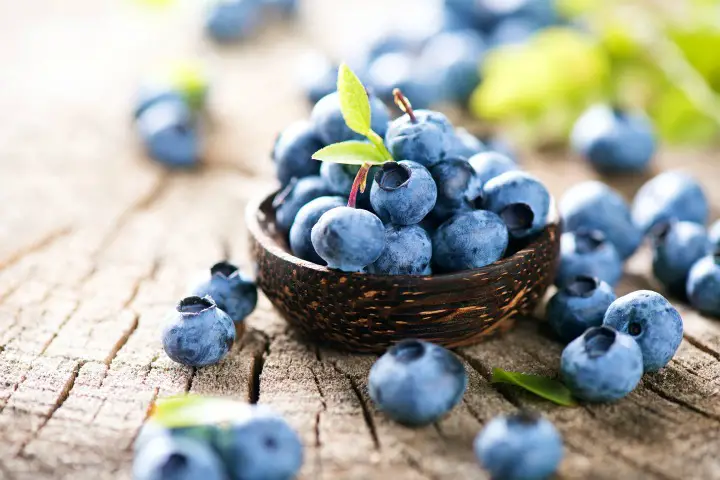
Blueberries are one of the best sources of antioxidants, including flavonoids. One cup of blueberries contains about 4 mg of flavonoids. Blueberries have also been shown to improve brain function and reduce the risk of Alzheimer’s disease.(5)
5. Citrus Fruits
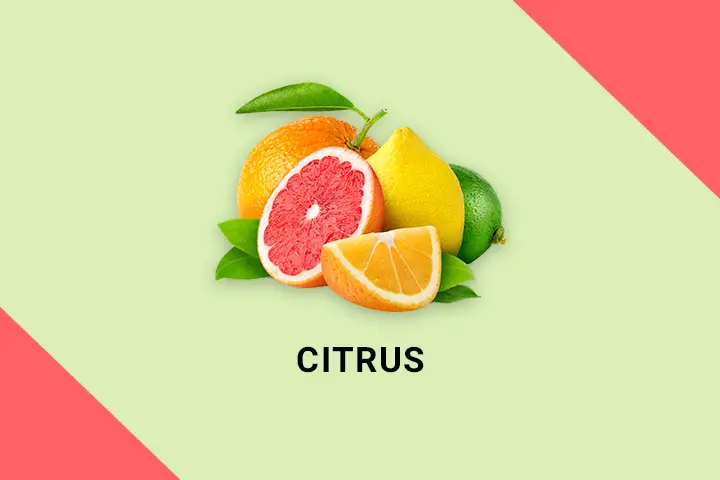
Citrus fruits, such as oranges and lemons, are a good source of flavonoids. One cup of orange juice contains about 30 mg of flavonoids. Citrus fruits have also been shown to reduce the risk of cancer.(6)
[ Recommended: Top 10 Foods Rich In Omega 3 Fatty Acids ]
6. Broccoli
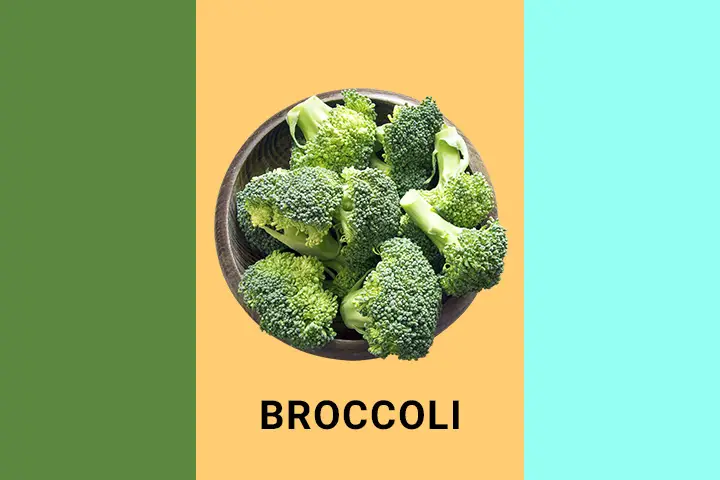
Broccoli is a nutrient-rich vegetable that is also a good source of flavonoids. One cup of broccoli contains about 2 mg of flavonoids. Broccoli has also been shown to boost the immune system and protect against cancer.(7)
[ Recommended: 10 Healthy Foods That Are High in Iron ]
7. Kale

Kale is another nutrient-rich vegetable that is a great source of flavonoids. One cup of kale contains about 1 mg of flavonoids. Kale has also been shown to improve blood sugar control.(8)
8. Spinach

Spinach is a nutrient-rich vegetable that is also a good source of flavonoids. One cup of spinach contains about 1 mg of flavonoids. Spinach has also been shown to improve blood flow.(9)
9. Soy Beans
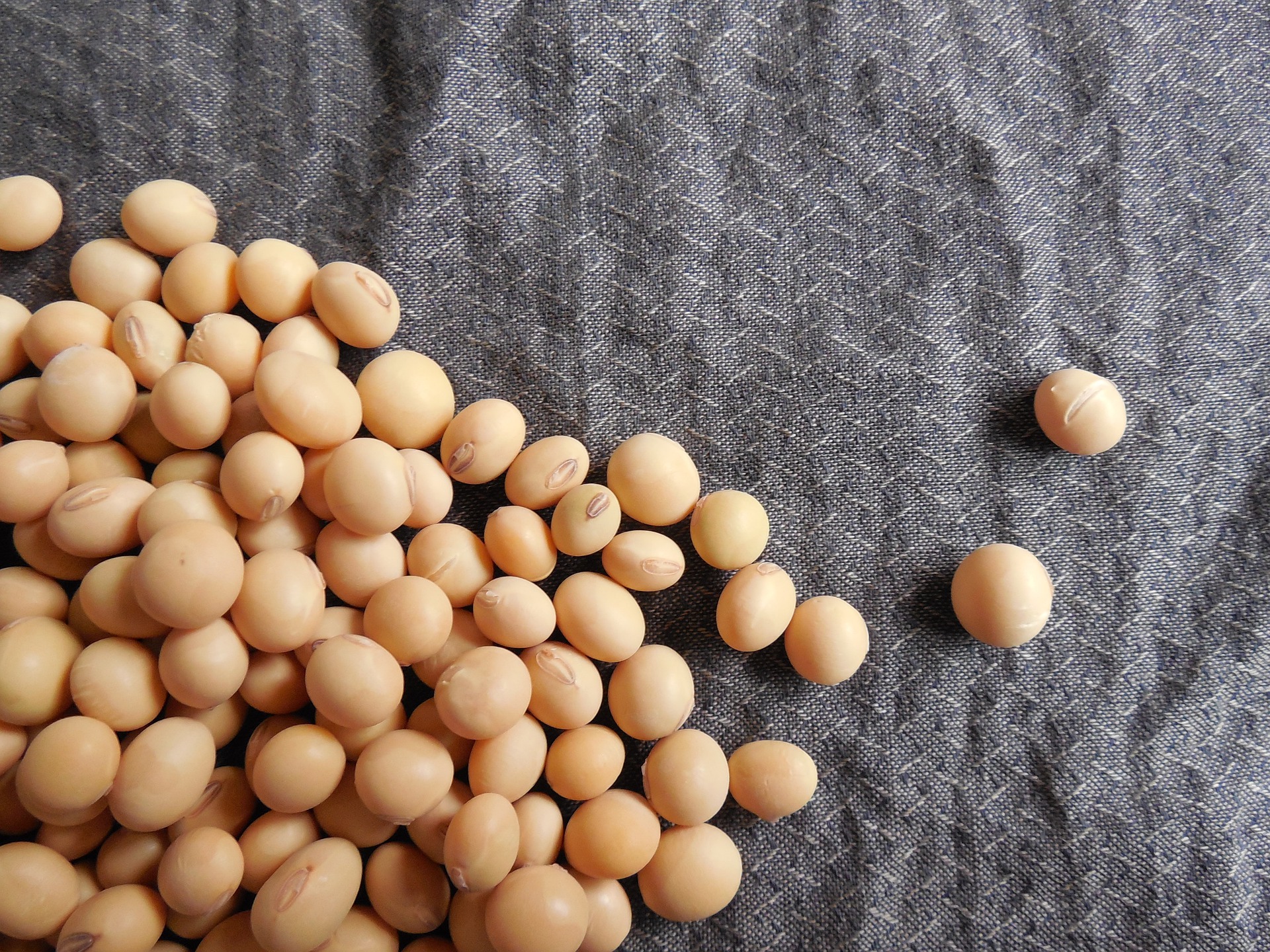
Soy beans are a good source of protein and also contain flavonoids. One cup of soy beans contains about 9 mg of flavonoids. Soy beans have also been shown to lower cholesterol and reduce the risk of cancer.(10)
10. Wine
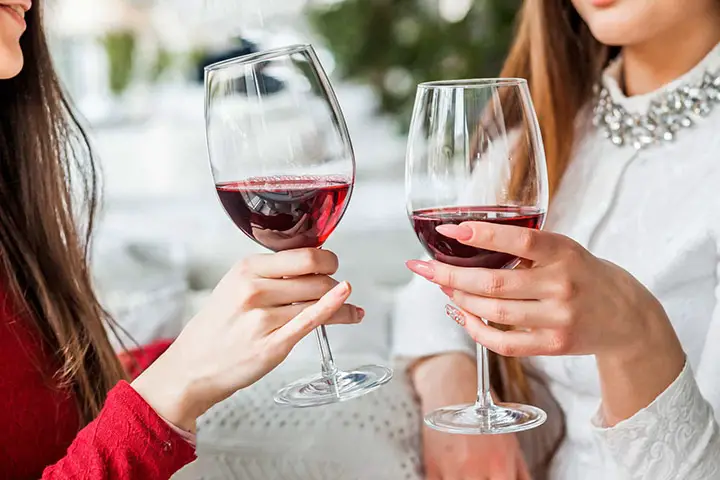
Wine is made from grapes, which are a good source of flavonoids. One glass of wine contains about 1 mg of flavonoids. Wine has also been shown to improve heart health and improve sleep quality.(11)
These are just some of the many foods that are rich in flavonoids. Including these foods in your diet can help you obtain the many health benefits associated with flavonoids.
Recommended Topics:
- How Much Time It Takes To Digest Eggs
- 10 Healthy Foods to Gain Weight Fast
- 10 Best Foods For An Upset Stomach
- 10 Best Foods for IBS Symptoms
- 9 Foods that Improve Circulation and Vein Health
